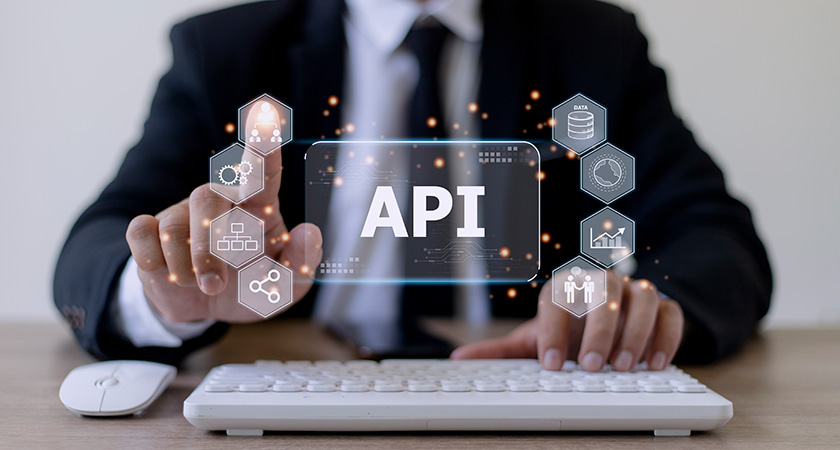Blitz News Digest
Stay updated with the latest trends and insights.
API Integration: Seamlessly Connecting Your Digital World
Unlock the power of API integration and discover how to effortlessly connect your digital world for enhanced efficiency and innovation!
Understanding API Integration: A Comprehensive Guide
API integration is a crucial component of modern software development, allowing different applications to communicate and share data seamlessly. Understanding the fundamentals of API integration can significantly enhance your ability to create efficient and scalable solutions. This comprehensive guide will help you grasp the key concepts, including what APIs are, how they function, and the benefits of integrating them into your projects. By leveraging APIs, businesses can improve their service offerings, reduce development time, and foster innovation through collaboration and data exchange.
To get started with API integration, it's essential to recognize the various types of APIs available, such as RESTful, SOAP, and GraphQL. Each type has its own advantages and use cases, which are important to consider when selecting the right API for your needs. Additionally, mastering the methods of authentication, such as API keys and OAuth, will ensure secure access to the API resources. As you delve deeper into API integration, remember that clear documentation and proper versioning are vital for maintaining effective communication between your applications.

Top Benefits of API Integration for Your Business
API integration offers numerous advantages for businesses, enabling them to enhance their operational efficiency and streamline processes. One of the top benefits is the ability to automate workflows, which significantly reduces the manual effort required in handling data. By connecting different software applications through APIs, businesses can seamlessly share information, reducing the time spent on data entry and minimizing the risk of human error. This automation can lead to increased productivity and allows employees to focus on more strategic tasks.
Another essential benefit of API integration is the enhanced customer experience it facilitates. By integrating various platforms, businesses can gather and analyze customer data more effectively, enabling them to tailor their services and offers to meet individual needs. Furthermore, APIs can facilitate real-time communication between different systems, ensuring that customers receive timely updates and support. Ultimately, this results in greater customer satisfaction and loyalty, which are crucial for long-term business growth.
How to Choose the Right API for Your Digital Needs
Choosing the right API for your digital needs is crucial for ensuring seamless integration and functionality in your projects. Start by identifying specific requirements such as the type of data you need, the frequency of usage, and the expected user load. Evaluate available APIs based on their documentation, community support, and ease of use. Consider factors such as compatibility with your existing technology stack and whether the API is RESTful or GraphQL. Make a list of potential APIs and create a comparison chart to weigh their strengths and weaknesses, which will help narrow down your options.
After narrowing down your choices, it’s important to assess security measures and scalability of the APIs. Look for APIs that offer comprehensive security features, such as authentication methods, encryption, and data privacy standards. Test the API with a small project or use case to evaluate its performance under load and how well it handles scaling. Additionally, read user reviews and case studies to get real-world insights. By methodically evaluating these aspects, you can make an informed decision and ultimately select the best API that caters to your unique digital requirements.